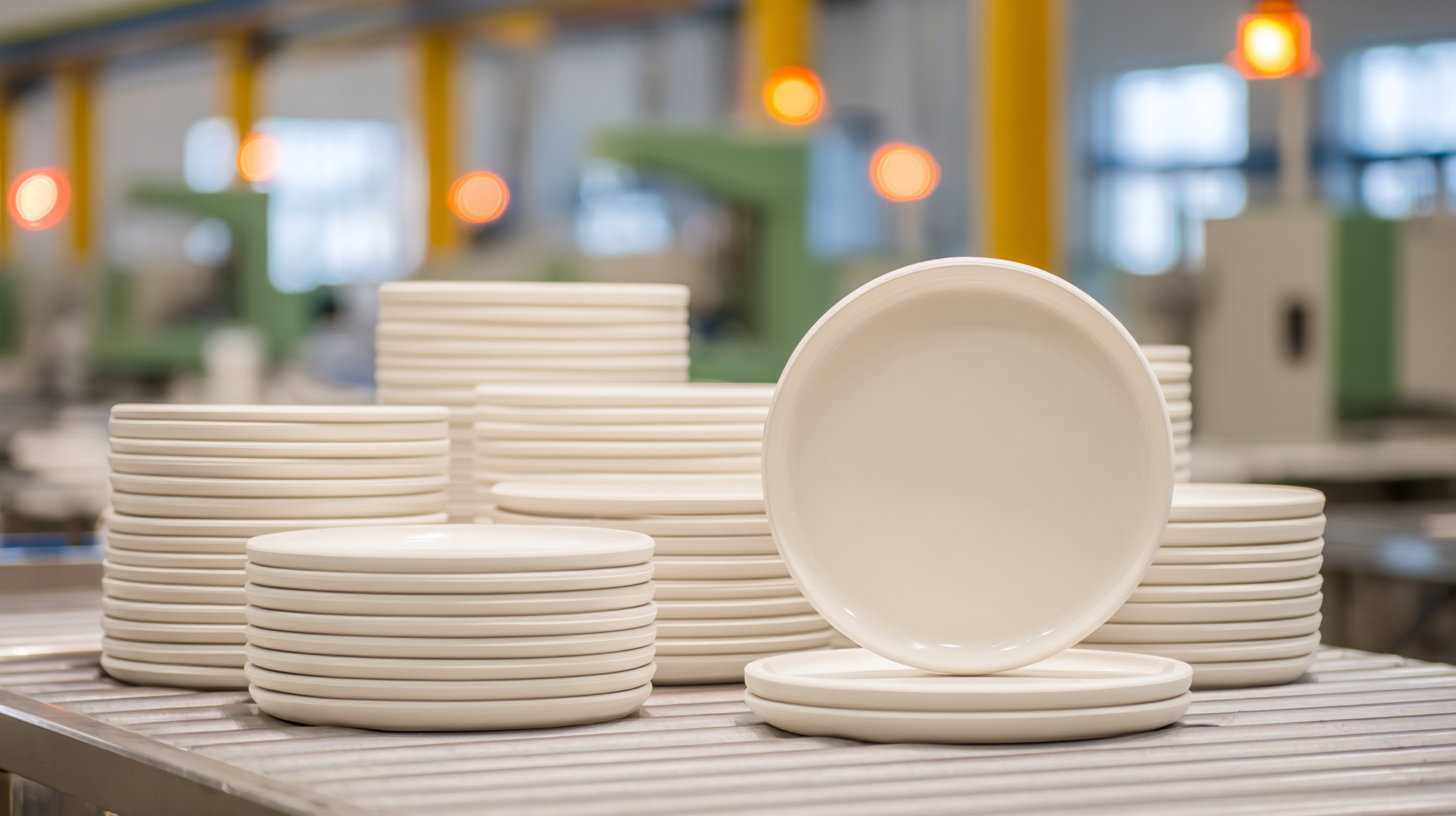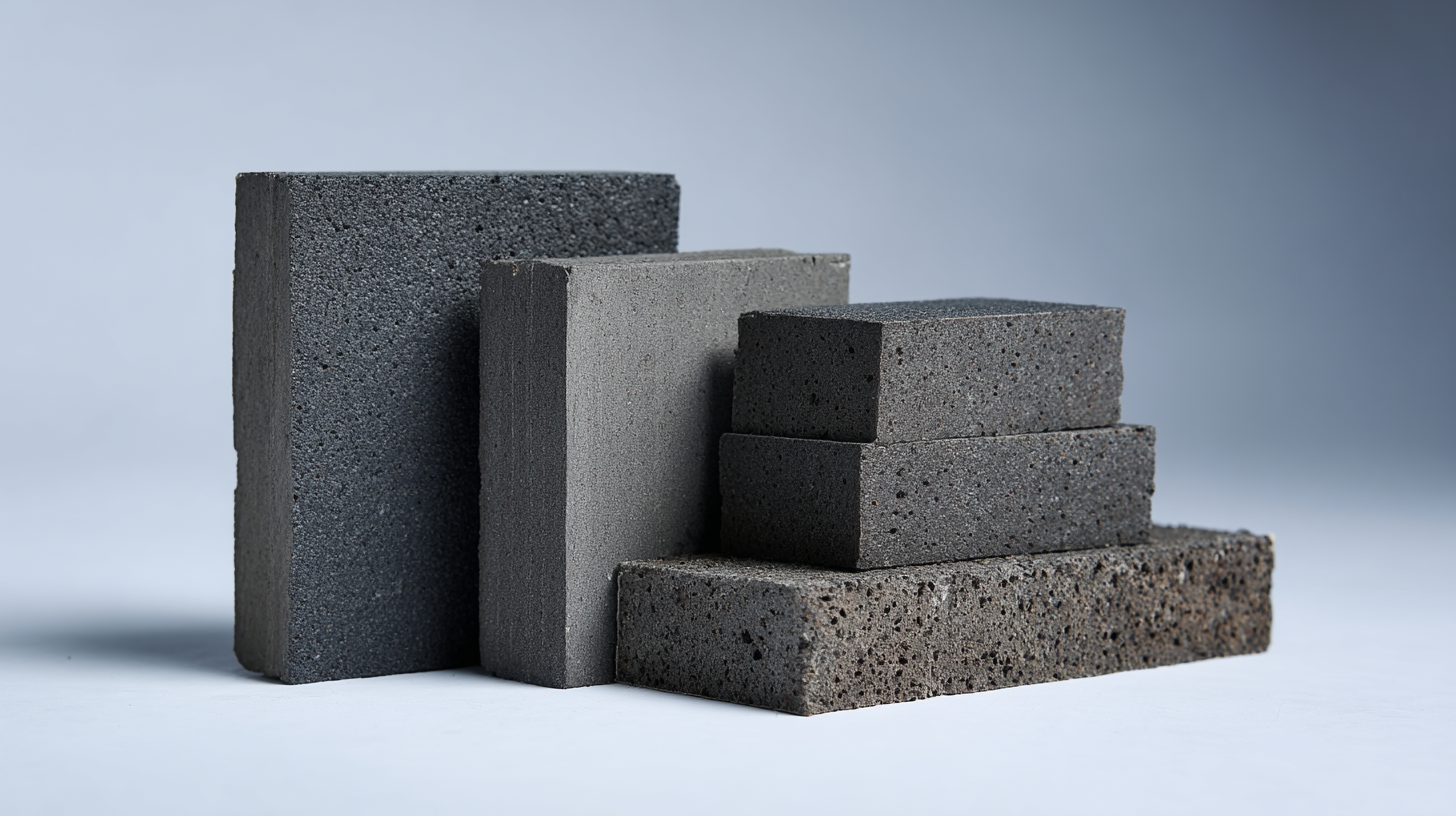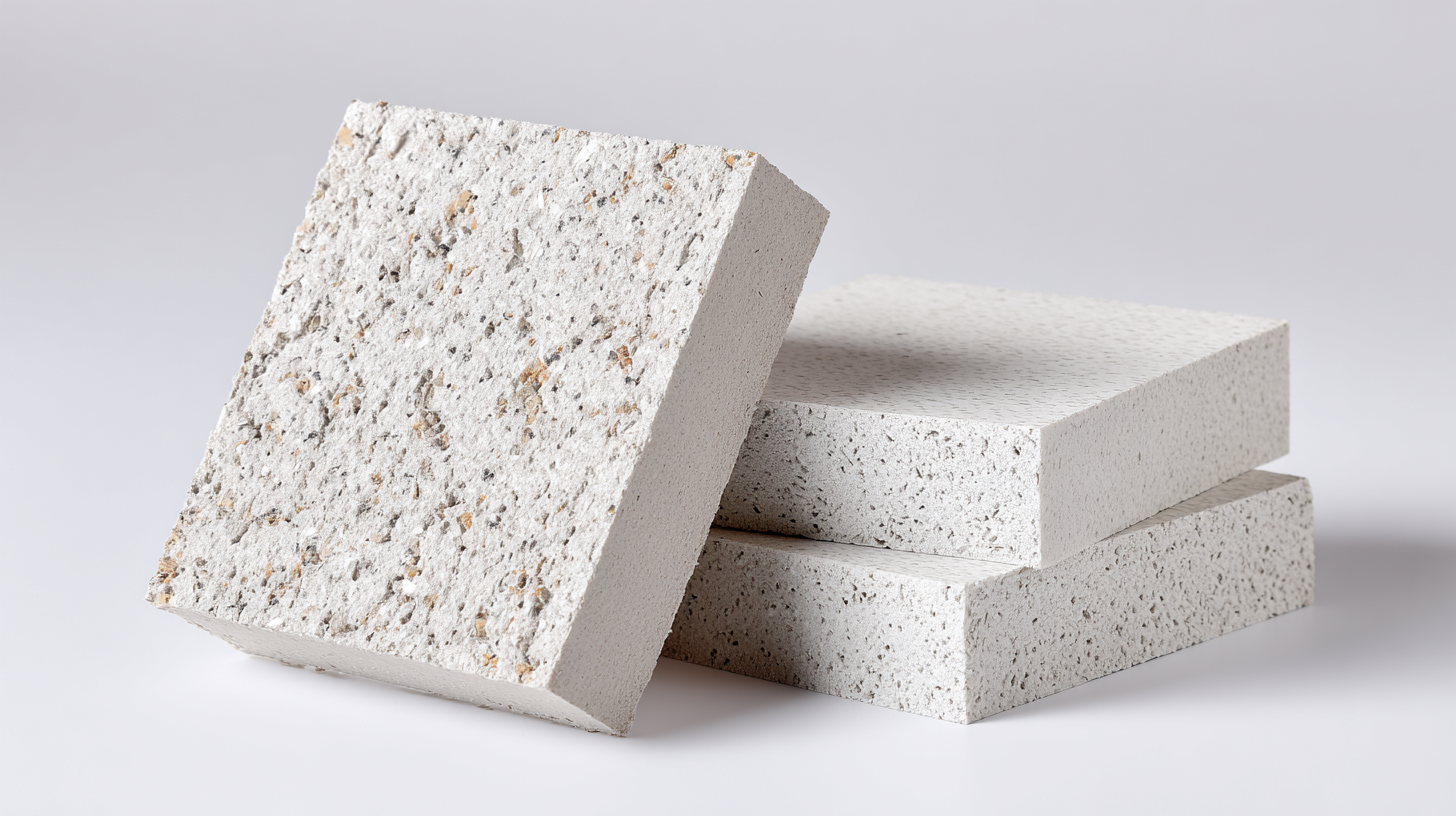Leave Your Message
In today's competitive industrial landscape, selecting the appropriate materials for manufacturing and production processes is crucial for enhancing efficiency and product longevity. Among the diverse array of materials available, the Cordierite Mullite Plate stands out as a highly efficient choice due to its superior thermal stability, low thermal expansion, and excellent mechanical strength. According to a recent report by MarketsandMarkets, the global market for advanced ceramics, which includes Cordierite Mullite, is projected to reach USD 22.4 billion by 2025, growing at a CAGR of 6.5%. This growth highlights the increasing demand for high-performance materials in various industries, including aerospace, automotive, and electronics. Thus, understanding how to choose the right Cordierite Mullite Plate that aligns with specific industry requirements is essential for manufacturers aiming to optimize production processes and achieve sustainable growth.

Cordierite mullite plates are essential in various industries due to their unique composition and superior properties. Comprising primarily of cordierite and mullite, these plates exhibit exceptional thermal shock resistance, thermal stability, and low thermal expansion. According to a report from the International Journal of Ceramic Engineering, cordierite materials can withstand temperature fluctuations of up to 1000°C without significant deformation, making them ideal for applications in high-temperature environments such as kilns and furnaces.
In addition to their thermal properties, cordierite mullite plates offer excellent mechanical strength and chemical resistance. A study published by the Journal of Materials Science highlights that these plates maintain their integrity under mechanical stress, with a compression strength exceeding 200 MPa. This makes them suitable for use in demanding applications such as aerospace components and industrial kiln furniture. Moreover, the low porosity of cordierite mullite enhances its durability against corrosion and wear, providing a longer lifespan compared to traditional materials. When selecting a cordierite mullite plate, understanding these fundamental properties is crucial to ensure it meets the specific needs of your industry.

When selecting the right cordierite mullite plate for your industry needs, it is crucial to identify your specific application requirements. Different industries, such as electronics, ceramics, and manufacturing, have unique demands regarding thermal shock resistance, mechanical strength, and chemical stability. For instance, in high-temperature applications, a plate with excellent thermal stability is vital to prevent cracking and ensure long-lasting performance.
Tip: When evaluating cordierite mullite plates, consider the operating temperature range and the thermal cycling that the plate will undergo. Choose a plate that exceeds the maximum temperature and thermal shock conditions you anticipate in your process.
Furthermore, the integration of advanced technologies, such as recent innovations in rectifier structures for pulping board machines, highlights the growing need for tailored materials that enhance efficiency. Such innovations necessitate a deep understanding of the specific mechanical and thermal properties required to support these applications.
Tip: Collaborate with material experts to assess your production environment and identify which cordierite mullite plate specifications align with your operational goals. This approach will ensure that you are making an informed decision that aligns with both current and future industry demands.
When selecting the right cordierite mullite plate for your industrial needs, several key factors must be considered to ensure optimal performance. First and foremost, you should evaluate the temperature resistance of the plate. Cordierite mullite is renowned for its ability to withstand high temperatures, but the specific thermal limits required for your applications may vary. Understanding the maximum operating temperature of your processes will help you choose materials that offer adequate thermal stability and longevity.

Another crucial factor is the dimensional stability of the cordierite mullite plate. Variations in humidity and temperature can lead to expansion or contraction, affecting the fit and functionality of the components in your system. Be sure to assess the plate's durability under relevant environmental conditions. Additionally, consider the mechanical properties such as bending strength and thermal shock resistance, which can significantly influence the plate's lifespan and reliability in demanding applications. Prioritizing these factors will lead to a well-informed decision that aligns with your industry specifications and requirements.
When choosing a cordierite mullite plate, it’s essential to compare options from different manufacturers to find the perfect fit for your specific industry needs. Various manufacturers offer unique formulations and designs that can significantly affect performance. Look for plates that boast superior heat retention and distribution, as these features are pivotal in achieving consistent results in applications like ceramics, pottery, or even pizza baking.
In our recent evaluations of cordierite mullite plates, we found notable differences in how each brand handled thermal shock and durability. Testing revealed that some plates excelled in rapid heating, crucial for achieving that ideal crispy crust, while others provided longer-lasting performance under high temperatures. By examining the unique properties of each manufacturer’s offerings, you can make an informed decision that not only enhances productivity but also elevates the quality of your final products.
| Manufacturer | Size (mm) | Thickness (mm) | Temperature Resistance (°C) | Thermal Conductivity (W/m·K) | Application |
|---|---|---|---|---|---|
| Manufacturer A | 300 x 300 | 20 | 1300 | 2.5 | Kiln furniture |
| Manufacturer B | 600 x 600 | 25 | 1400 | 3.0 | Ceramic applications |
| Manufacturer C | 800 x 800 | 30 | 1500 | 2.0 | Glass industries |
When selecting a cordierite mullite plate, it's essential to evaluate both the quality and performance benchmarks set by the manufacturers. One key criterion is to check for industry certifications. Look for standards such as ISO 9001, which indicates a commitment to quality management processes. These certifications not only assure you of product reliability but also reflect the manufacturer's dedication to maintaining high production standards.
Tip: Always ask manufacturers about their testing procedures and the parameters they use to assess the quality of their cordierite mullite plates. Established manufacturers often conduct rigorous tests to ensure their products can withstand extreme conditions, which is critical for industries like aerospace and ceramics.
Another important factor to consider is the material composition and processing methods. Manufacturers should provide clear documentation of their raw material sources and the specific processes utilized to create their plates. This transparency can help you make informed decisions, as different compositions can result in varied thermal resistance and durability.
Tip: Request sample plates when possible. Testing samples in your own operations can provide invaluable insight into how well a product meets your specific needs. Observing performance in real conditions can validate a manufacturer’s claims and give you greater confidence in your final decision.
